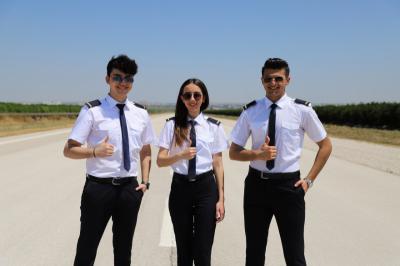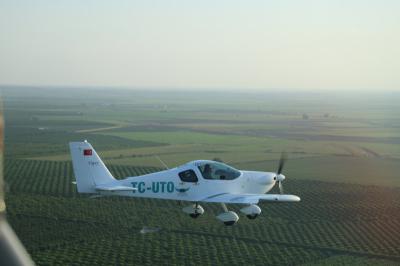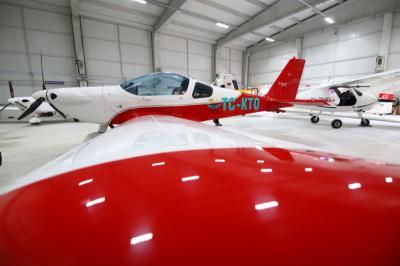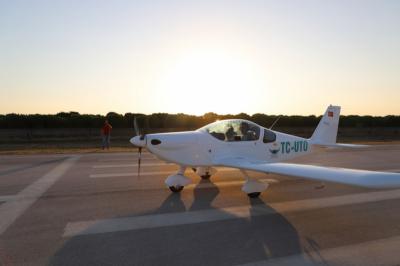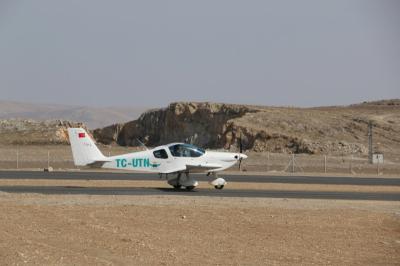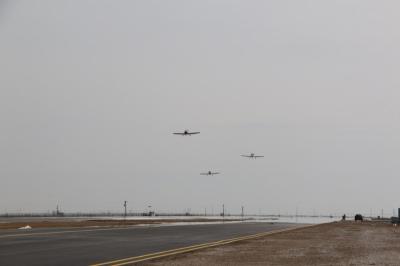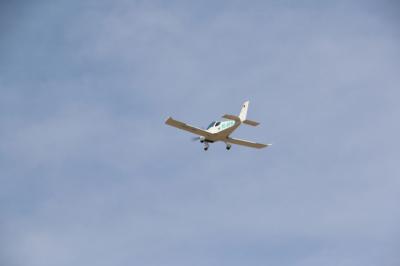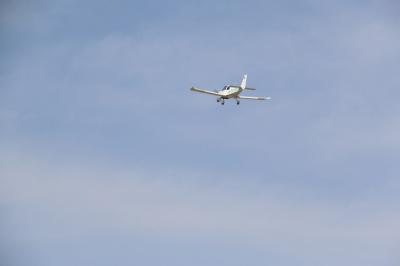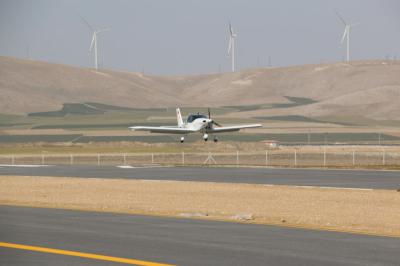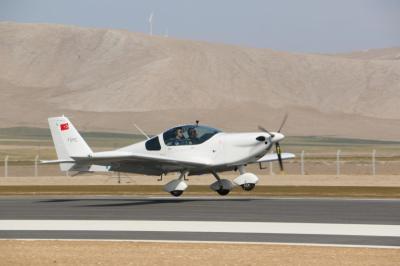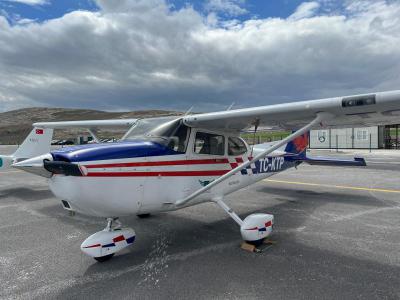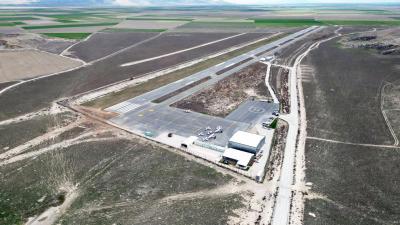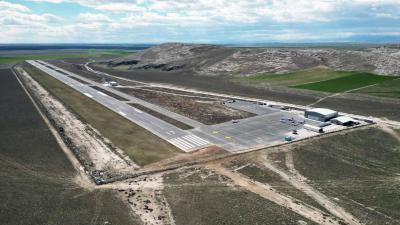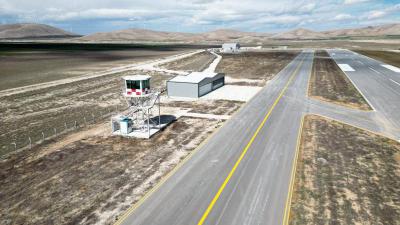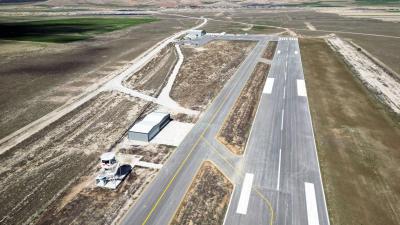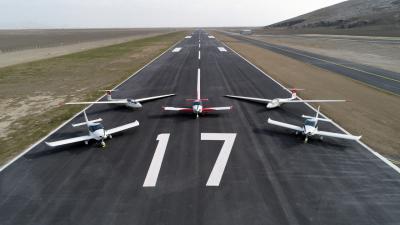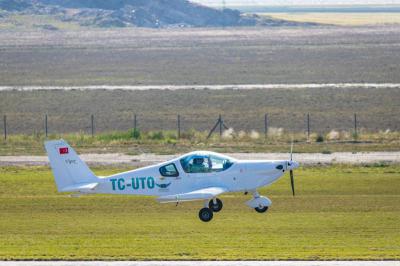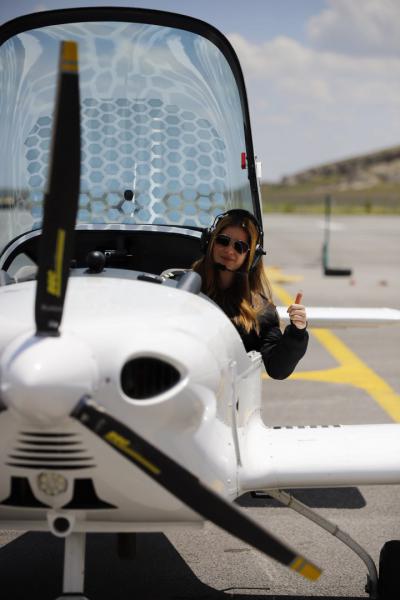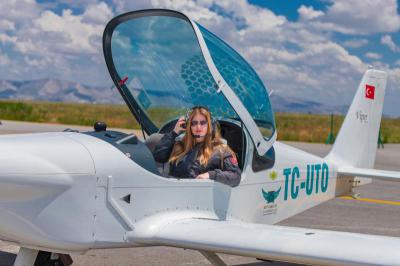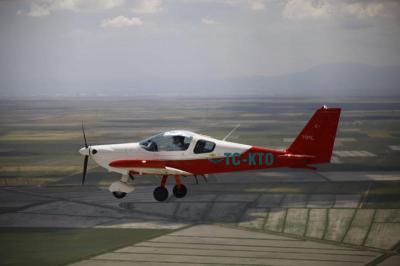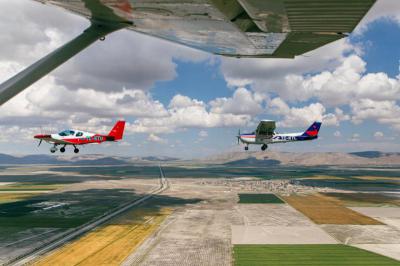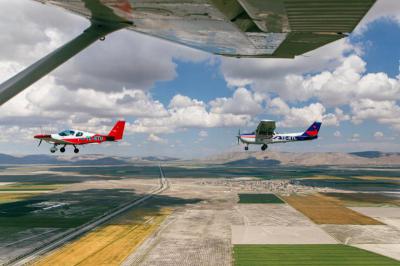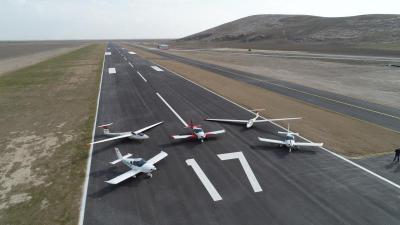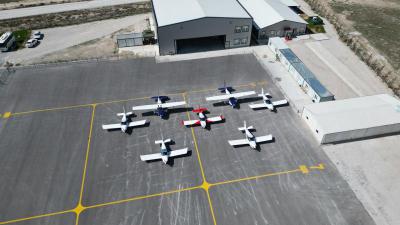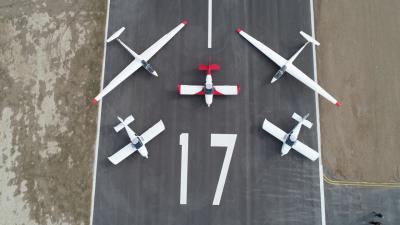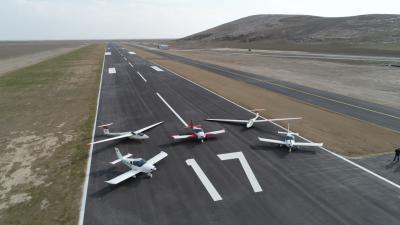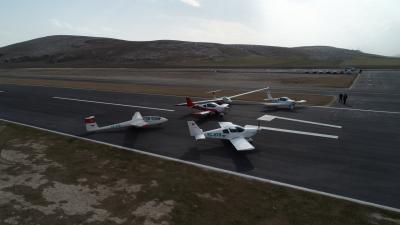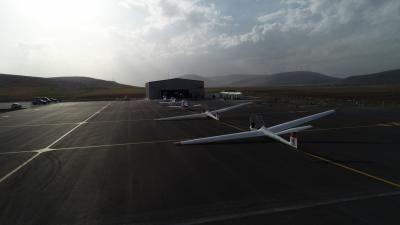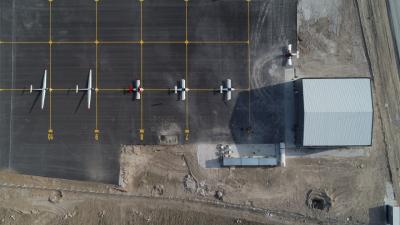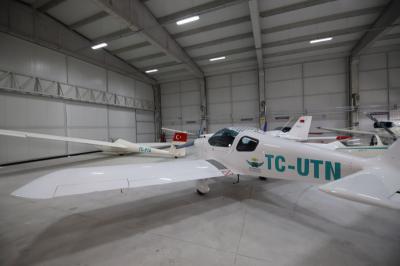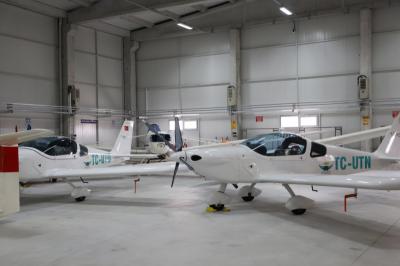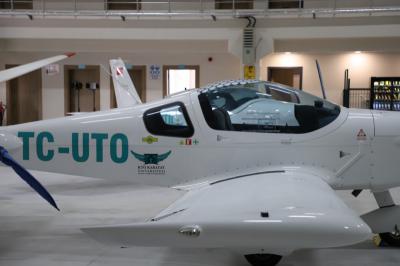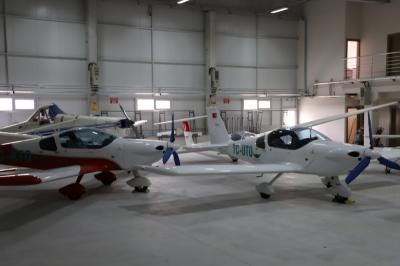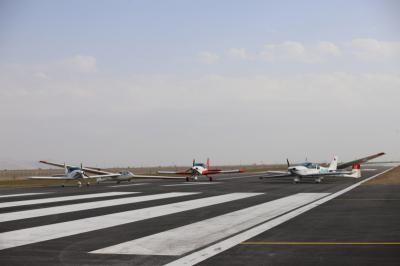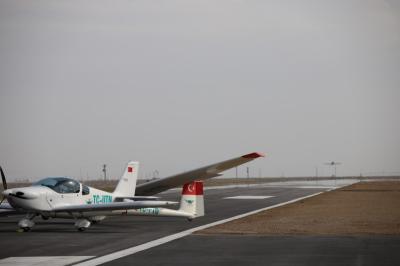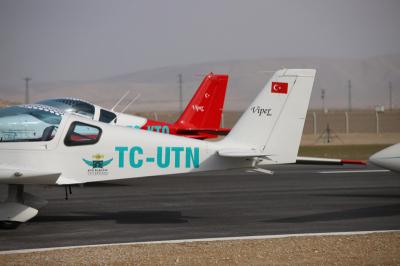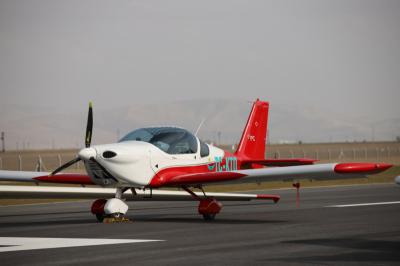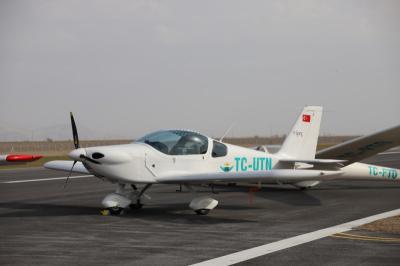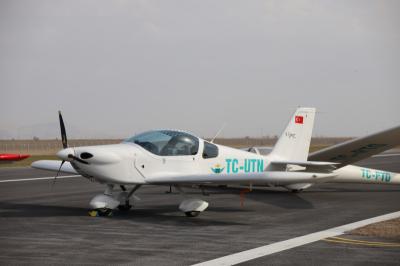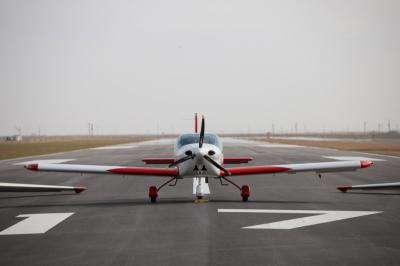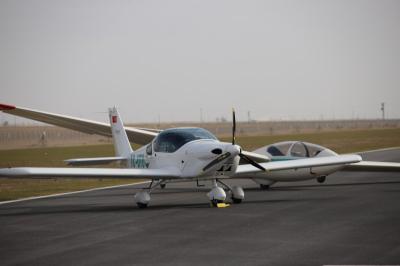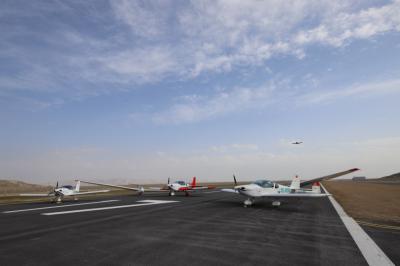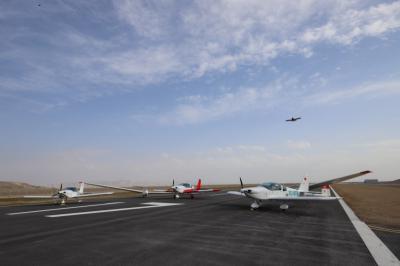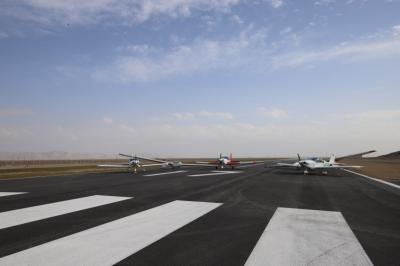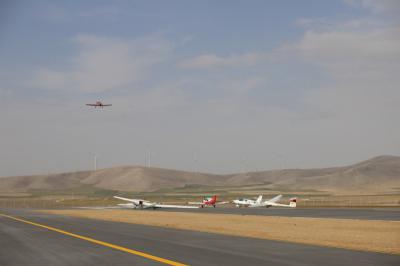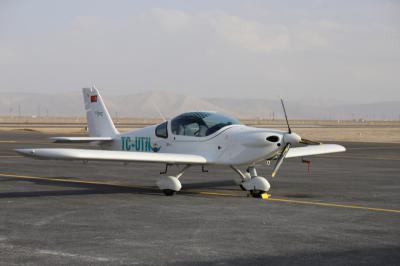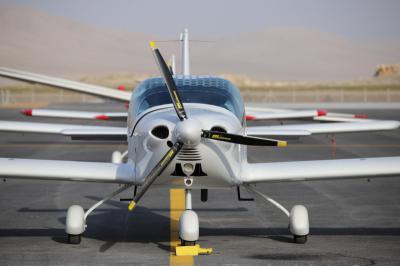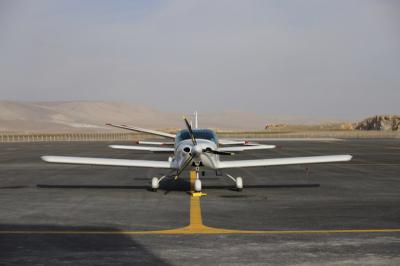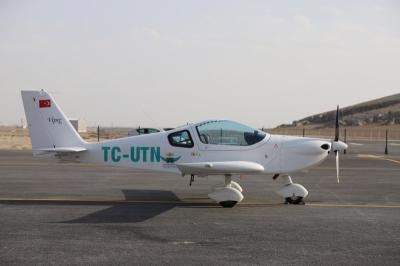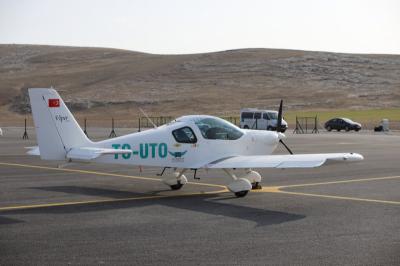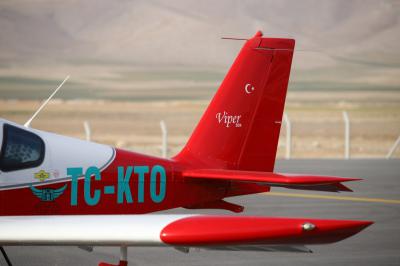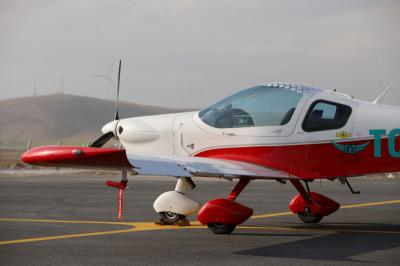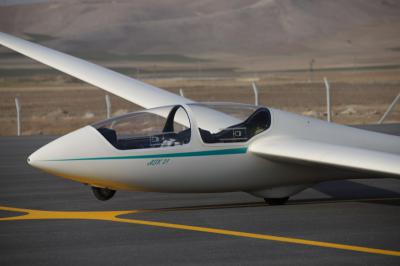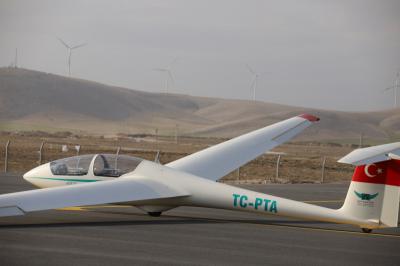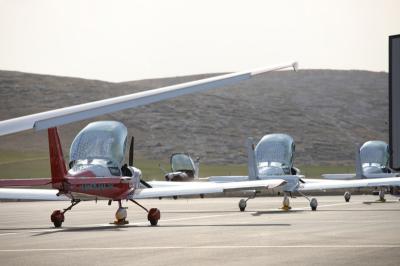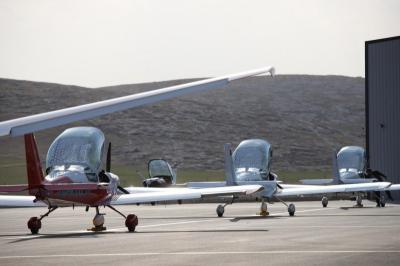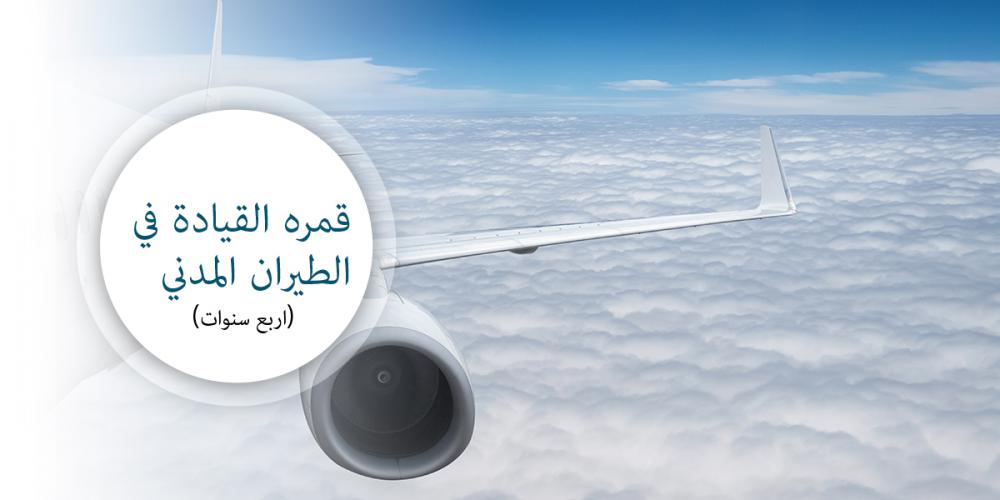
لا تتخلى أبدًا عن أحلامك. انقر هنا للتقدم بطلب لقسم الطيران.
الإطار العام والنبذة التعريفية بالبرنامج
جامعة كاراتاي كتو، الجامعة الوحيدة في تركيا التي تقدم تدريبًا على الطائرات الشراعية وتدرب الطيارين على طائراتها الخاصة، ولديها مدرج خاص ومركز صيانة. إنها تنتج طيارين مدربين جيدًا للصناعة
طلاب قسم هذا الفرع الذي تم إنشاؤه داخل كلية العلوم التطبيقية بغرفة تجارة قونية – جامعة كاراتاي على استعداد تام لنيل "رخصة ATPL (A) Pilot" التي ستمنحها المديرية العامة للطيران المدني التابعة لوزارة النقل والبنية التحتية خلال عملية التعليم الجامعي التطبيقية التي ستستمر لمدة أربع سنوات.
في هذه العملية، بالإضافة إلى تدريبهم النظري الذي يتكون من 14 مساق تعليمي أساسي في مجال الطيران، سيقوم طلابنا أولاً بأداء رحلة تدريبية على مدرج التدريب في جامعتنا، والحصول على رخصة الطائرات الشراعية ذات الصلة (SPL) ثم إكمال تدريبهم على الطيران مع طائرات التدريب.
تتمثل رؤية قسمنا في أن يكون أحد المؤسسات الرائدة على المستوى الوطني والدولي من خلال اتباع متطلبات العصر والتطور في تدريب الطيارين، ومهمته هي؛ لتدريب الطيارين الذين لديهم معرفة تجريبية عالية المستوى والذين سيلعبون دورًا في الابتكارات التي ستضيف قيمة إلى بلدنا في مجال الطيران في المستقبل.
سيتم تقديم التعليم والتدريب في قسم الإرشاد على مرحلتين. في المرحلة الأولى، يتم تقديم العلوم الأساسية والطيران الأساسية ومعلومات الطيران والمعلومات القانونية المتعلقة بالطيران. نتيجة للتدريب الأساسي، واستخدام الطائرات الشراعية والطائرات، ودروس الطيران في حالة الطيران والخطر في ظل الظروف العادية، سيتم تقديم تدريب عملي وسيتم تطبيق تدريب جاهز للطيران في جميع الظروف.
يبدأ الطلاب الذين يكملون المساقات/المقررات النظرية على مستوى دبلوم تدريب الطيارين (4 سنوات)، ATP (A) - للتدريب على الطيران. يحق للطلاب الذين يكملون تدريبات الطيران العملية الحصول على ترخيص ATPL نتيجة للامتحانات التي تجريها الإدارة العامة للطيران المدني. بالإضافة إلى ذلك، سيتم إصدار ترخيص طائرة شراعية (SPL) للطلاب الذين أكملوا رحلات الطائرات الشراعية بنجاح.
بالإضافة إلى ذلك، سيتمكن طلابنا من التخرج بدرجة مزدوجة في هندسة الكمبيوتر والهندسة الكهربائية والإلكترونية والهندسة الميكانيكية وهندسة الميكاترونكس والهندسة الصناعية وإدارة الأعمال والتجارة الدولية وأقسام الخدمات اللوجستية من خلال المشاركة في برنامج التخصص المزدوج في حال أرادوا الالتحاق به.
الفرص الوظيفية
يمكن لخريجي هذا الفرع العثور بسهولة على وظائف في جميع شركات ومؤسسات الطيران الوطنية والدولية. يمكنهم أيضًا العمل كمدربين في مدارس الطيران.
قائمة المقررات الدراسية
الرجاء الضغط هنا للوصول إلى قائمة المساقات/المقررات التدريبية لإدارة قمرة القيادة في الطيران المدني.



